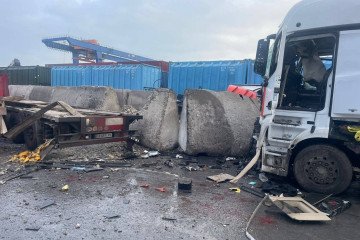- Category
- Latest news
Ukraine Develops Tactical Radars to Detect Russian Drones Near Frontline
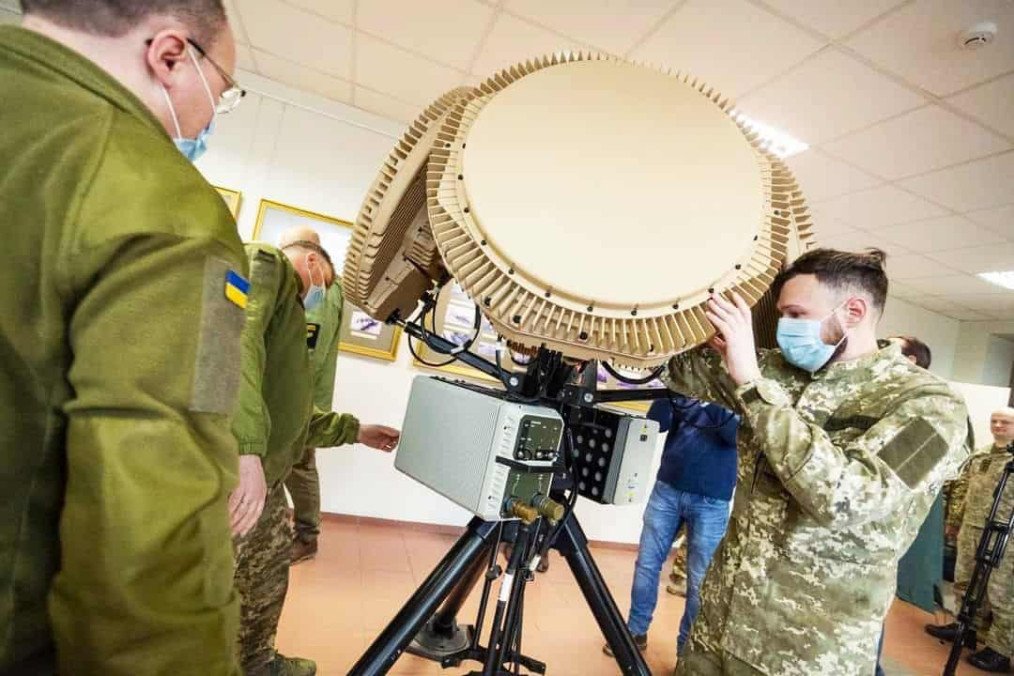
Ukraine has officially launched domestic production of tactical radar systems designed to detect unmanned aerial vehicles (UAVs), the Come Back Alive Foundation reported in an interview with Oborontsi. The radars are now being deployed to drone-interceptor units operating near the front line.
According to Foundation consultant Taras Tymochko, while drone interceptors have become the primary tool for neutralizing enemy UAVs, tactical radars remain a critical—if less visible—element of Ukraine’s defense strategy. Compact Western-made radar systems have played a vital role in enabling target detection and guidance near the front, where larger, traditional radar installations would be quickly targeted by Russian forces.
However, as the number of anti-drone units continues to grow, foreign radar supplies can no longer keep pace with operational needs. To address this gap, one of Ukraine’s defense enterprises has begun manufacturing a domestic alternative.
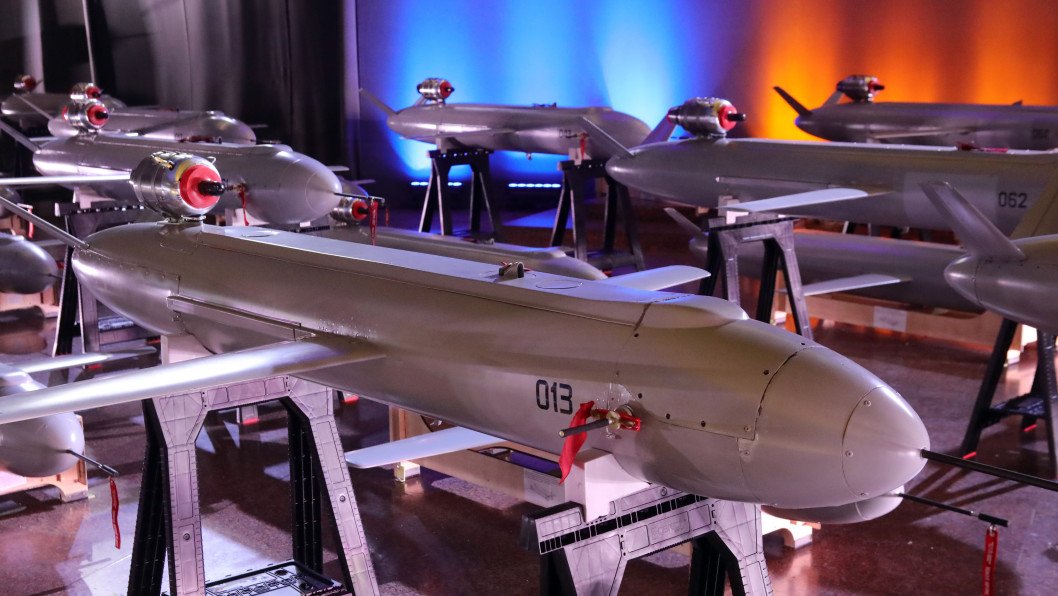
“The enemy is actively hunting our radar systems. Sometimes they succeed, sometimes they don’t—because we’ve already started implementing countermeasures. For now, there are no issues with availability,” Tymochko stated.
Despite this, demand remains high. Tymochko noted that Ukrainian soldiers consistently praise the performance of the domestic radars, but production capacity is falling behind.
“One plant already has a 13-month waitlist for a single model—up from six months just half a year ago. The manufacturer simply can’t scale fast enough to meet demand,” he added.
According to Tymochko, Ukrainian and foreign tactical radars have different characteristics. Western models, commonly used by Ukrainian forces, have a longer range—able to detect targets over 10 kilometers away. Ukrainian-made systems, by contrast, have lower radiation emissions, making them harder for enemy reconnaissance to detect.
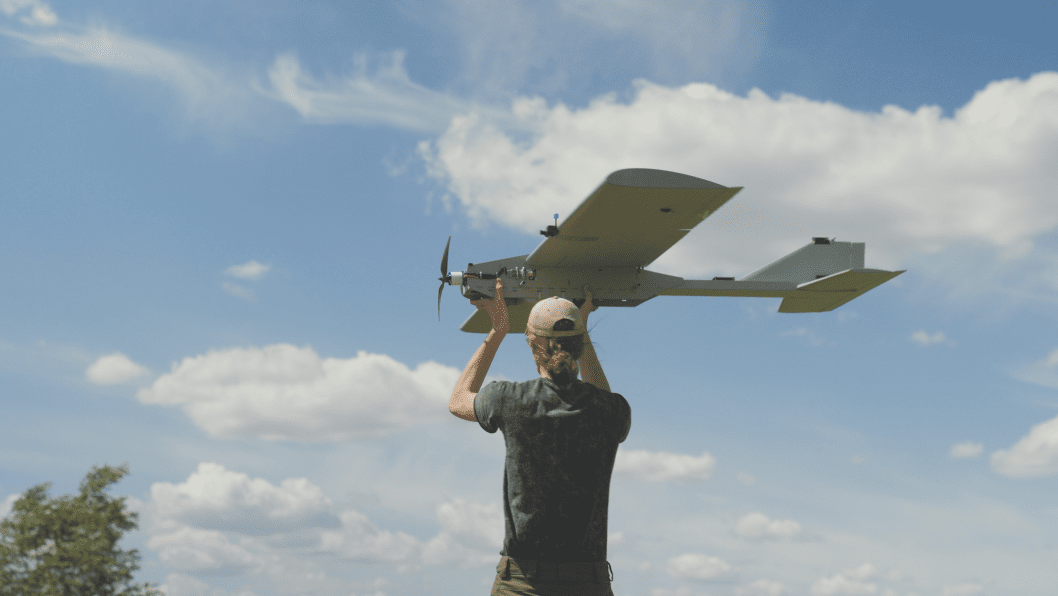
Additionally, the Ukrainian radars are simpler and more stable in real-world use. They were specifically designed for UAV interception, giving them an edge over more complex Western systems, which often come with numerous settings and operational modes that require specialized training.
Currently, the biggest challenge, according to the Foundation, is training personnel.
“We have a very limited number of training centers for interceptor drone pilots, so we have to look for alternatives. I often ask experienced units to host less-experienced ones for hands-on internships,” Tymochko said.
In practice, he noted, this on-the-job training proves faster than standard instruction. “But there’s a downside,” he added. “A seasoned unit that should be spending its time conducting interceptions ends up using that time to train others.”
Earlier, the US Air Force is undergoing a comprehensive modernization of its strategic bomber fleet, according to a new report by the Congressional Research Service.
The effort includes significant upgrades to existing platforms like the B-52 Stratofortress and the stealth-capable B-2 Spirit, as well as the introduction of the next-generation B-21 Raider—engineered to carry out both nuclear and conventional missions in high-threat environments.




-72b63a4e0c8c475ad81fe3eed3f63729.jpeg)

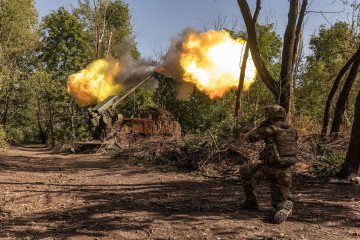
-111f0e5095e02c02446ffed57bfb0ab1.jpeg)
